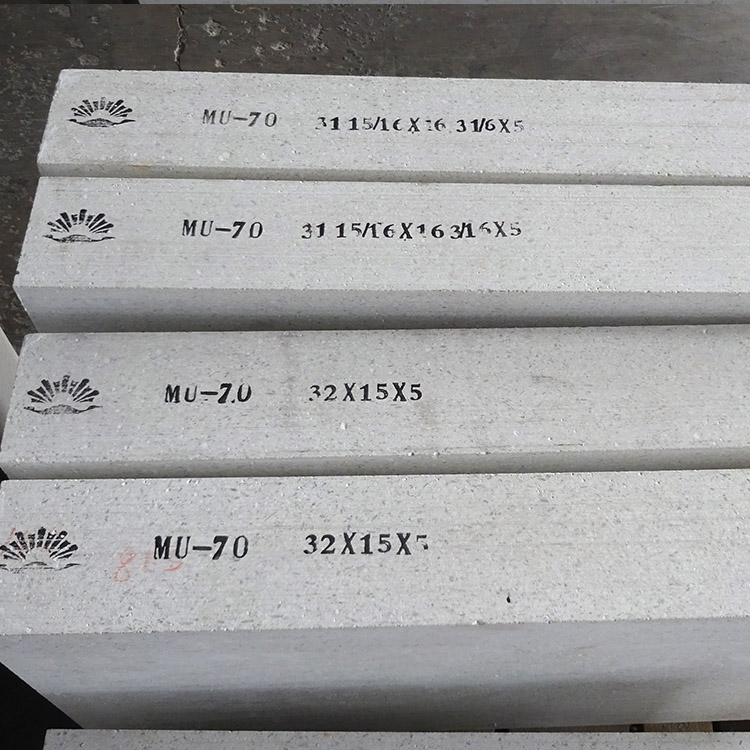
In high - temperature industries such as steelmaking, cement production, and non - ferrous metal smelting, refractory materials play a crucial role. However, traditional refractory materials often face challenges such as poor high - temperature resistance, low strength, and short service life. This is where magnesium - aluminum spinel bricks come into the spotlight.
Magnesium - aluminum spinel bricks have a unique composition. Their main crystalline phase is periclase, and they use magnesium - aluminum spinel clinker as the basic raw material. Microscopically, this structure is formed by the close packing of periclase grains and magnesium - aluminum spinel particles. The following table shows the approximate chemical composition of magnesium - aluminum spinel bricks:
| Component | Content (%) |
|---|---|
| MgO | 80 - 90 |
| Al₂O₃ | 10 - 20 |
| Other impurities | Less than 5 |

The crystal structure of magnesium - aluminum spinel can effectively absorb and disperse thermal stress. When the temperature changes sharply, the spinel phase can adjust its lattice structure to adapt to the volume change, thereby reducing the generation of cracks. Tests show that magnesium - aluminum spinel bricks can withstand temperature changes of up to 1000°C without significant cracking.
The combination of periclase and magnesium - aluminum spinel forms a strong skeletal structure. At high temperatures, this structure can maintain its integrity and provide high strength. The compressive strength of magnesium - aluminum spinel bricks can reach up to 100 MPa at 1500°C.
The thermal expansion coefficient of magnesium - aluminum spinel bricks is relatively low. In the temperature range of 1000 - 1600°C, the volume change rate is less than 1%. This ensures that the shape and size of the bricks remain stable during high - temperature use, preventing structural damage caused by volume changes.
Magnesium - aluminum spinel has a high melting point, and the chemical properties of the material are relatively stable. It can resist the erosion of slag, molten metal, and alkaline gases. In a steelmaking converter, magnesium - aluminum spinel bricks can extend the lining service life by 2 - 3 times compared with traditional refractory bricks.
The high - temperature seismic resistance ensures that the bricks do not crack easily during temperature changes, maintaining the integrity of the structure. The high strength provides the necessary support for the structure, preventing deformation under pressure. The high - temperature volume stability ensures that the overall structure does not loosen due to volume changes. The high refractoriness and erosion resistance protect the bricks from chemical corrosion. These characteristics work together to give magnesium - aluminum spinel bricks excellent high - temperature performance and long service life.
.jpg)
In a large - scale cement plant, after replacing traditional refractory bricks with magnesium - aluminum spinel bricks in the kiln lining, the service life of the lining was extended from 6 months to 18 months, greatly reducing the frequency of maintenance and replacement. In a non - ferrous metal smelting enterprise, the use of magnesium - aluminum spinel bricks in the smelting furnace reduced the energy consumption by 15% due to their excellent insulation performance.
Do you have any questions about magnesium - aluminum spinel bricks? Or do you want to know more about their application in your specific industry? Please leave your questions in the comments section below, and our experts will answer them for you as soon as possible.
This magnesium - aluminum spinel brick can bring reliable protection to your high - temperature industrial production. Come and learn more about it!


